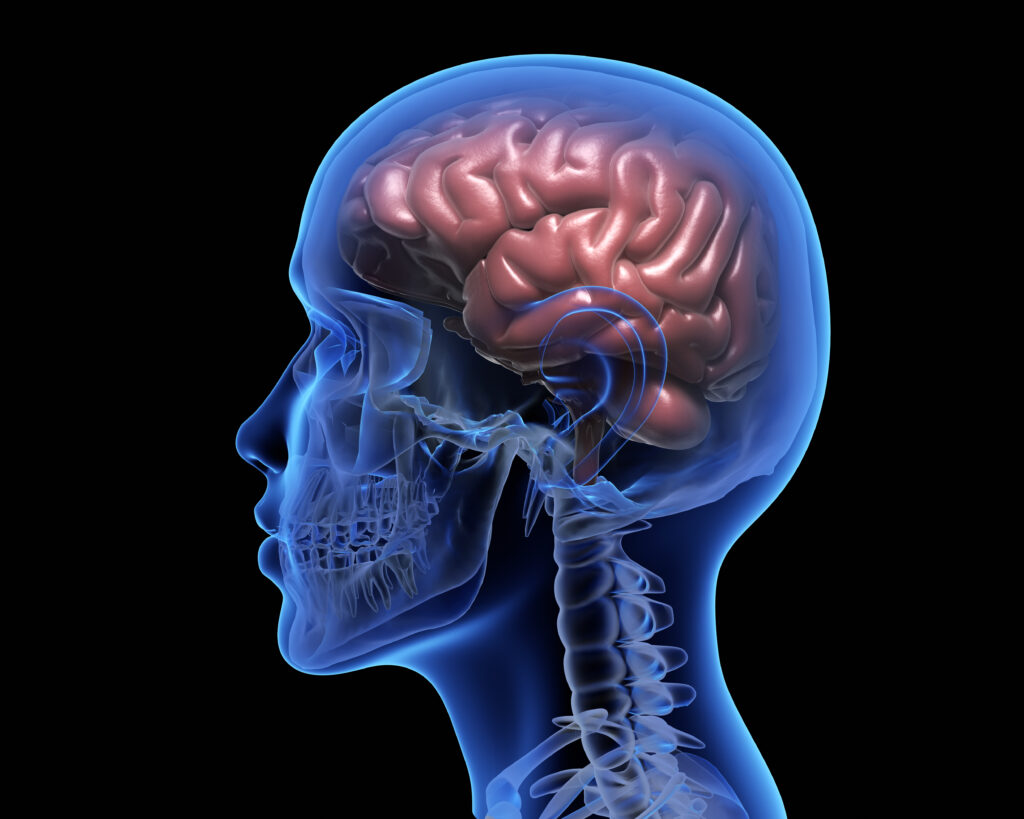
Can locking away your digital devices help you recover from burnout? Probably not. A digital detox can improve sleep and relaxation and reduce stress. Spending time playing sports and being out in nature will likely improve a person’s health, fitness, and mood. But burnout is a very specific problem that arises from specific unhealthy situations at work. As Jennifer Moss, the author of The Burnout Epidemic: The Rise of Chronic Stress and How We Can Fix It puts it, you can’t yoga your way out of it.
What is burnout?
The WHO defines burnout as “ a syndrome” that results from “chronic workplace stress that has not been successfully managed.” They characterize burnout by three symptoms:
- A feeling of energy depletion or exhaustion
- Increased feelings of negativism and cynicism about work and creating a mental distance from one’s job
- Having a reduced professional efficacy.
By this definition, an employee who loves their job and willingly puts in long hours to see their projects to completion may be experiencing exhaustion but not burnout. Someone who has reduced productivity at work because they are worried about another aspect of their life is also not having a burnout.
The person experiencing burnout is someone who feels that they are being unfairly overworked, who does not expect their efforts to be met with tangible praise or promotion, who feels that their work has no impact or negative impact, and who is slowly mentally checking out and is less productive at work.
The reduced productivity does not have to be intentional. People experiencing burnout can experience cognitive and emotional impairment that can further lead to mental health issues such as depression and anxiety.
The burnout epidemic
Before the start of the COVID-19 pandemic, the American Psychiatric Association noted that 61% of employees suffered from workplace stress. In the aftermath of the COVID-19 pandemic, the boundaries between work and home became blurred for many as they transitioned to working from home, and there was no relief from the stress at work. With the added uncertainty of the pandemic, more serious symptoms started to appear. Globally 42% of employees reported experiencing burnout or mental health deterioration.
Burnout is very expensive for employers and economies. Employees suffering from burnout tend to job-hop and it is expensive to hire and train new employees. When they don’t quit, their productivity is lower. Further, mental health issues resulting from chronic burnout add to the cost of healthcare. Between the loss of productivity, expenses of turnover, and healthcare expenses, the global cost of burnout was estimated by the World Economic Forum to be $322 billion in 2019 (pre-COVID). It is likely worse now.
The role of digital media and digital detox
Digital media makes employees easy to reach, which is not always in the interest of the employee’s mental health.
Ubiquitous connectivity through wireless cell phones and laptops makes it hard for people to leave work behind when they go home. Whether they are having dinner with their family or on a playground with their children, a beep on the phone from work can pull people back into thinking about work. Even if they don’t drop everything to rush to their computer, it breaks the continuum of work-free recreational time and increases stress levels.
Digital media itself is a source of stress and anxiety and tends to make mental issues such as ADHD worse. Compulsive behaviors of constantly checking messages and emails can keep turning work-related gears in people’s minds when they are off work. Engaging with apps like TikTok, Twitter, and Instagram while increasing stress and reducing life satisfaction can also take precious hours away from nights and weekends. Habitually, constantly refreshing the apps and seeing new content does make for a small dopamine hit, hence the addictiveness of the apps, but it cannot make up for the rest and recovery that sleep brings or the health benefits that exercise or play brings.
Without proper sleep and rest, employees may come to work already tired, and work-related stresses and conflicts may seem larger and more irritating than they truly are.
However, it takes more than excessive use of digital media to create the perfect recipe for burnout. The key ingredient, according to surveys by McKinsey, is workplace toxicity.
Workplace toxicity is a predictor of burnout
According to McKinsey, the biggest predictor of burnout symptoms is workplace toxicity. And 25% of the employees experience it. This was true in each of the 15 countries where employees were surveyed by McKinsey.
However, removing workplace toxicity may be the hardest challenge to overcome. This is because toxicity can be subjective.
Commonly encountered toxic behaviors such as not giving enough credit and underappreciation can be harder to resolve as they can be subjective. An employee may feel they are doing great but not getting enough credit, while their manager may feel that the employee is barely meeting expectations. An employee may begrudge the extra hours they are putting in, while the manager may be aware that they are themselves working longer hours than the employee. While situations like this may be hard to fix, employers must do what they can to remove the more clearly identifiable toxic behaviors their employees may face.
Sexual harassment and discrimination or harassment based on race, ethnicity, sex, sexual orientation, and gender expression are clearly toxic workplace behaviors and relatively easy to identify and resolve.
Post-COVID, some employers have also stepped up to the challenge by offering mental health services and providing access to tele-visits with mental health professionals for their employees.
A holistic approach to wellness
Mental health is a complex issue that needs to be addressed on many fronts. To prevent burnout, employees with their employer’s support should enjoy times during the week when they are “off-grid” for work-related functions. At the same time, there should be well-built organizational structures that protect employees from workplace toxicity.
While excessive use of digital media may not cause burnout, it can certainly make it worse by adding stress and taking away hours that could be used for recreation, relaxation, and sleep. Healthy levels of digital media consumption can prevent the decline of mental health, which may also stop symptoms of burnout from worsening.
The information provided in our blog posts is for informational purposes only and is not intended as a substitute for professional medical advice, diagnosis, or treatment. Always seek the advice of your physician or other qualified health provider with any questions you may have regarding a medical condition. Never disregard professional medical advice or delay in seeking it because of something you have read on this blog.






